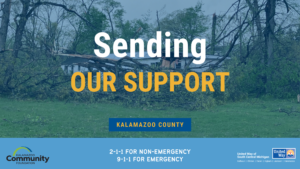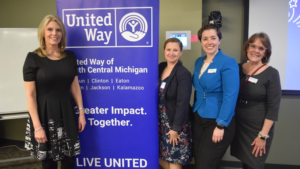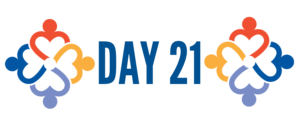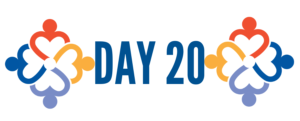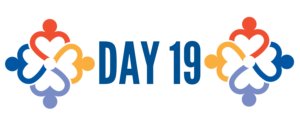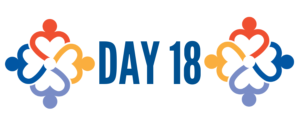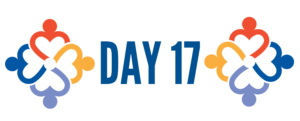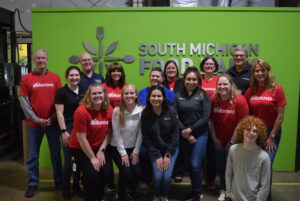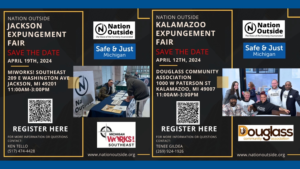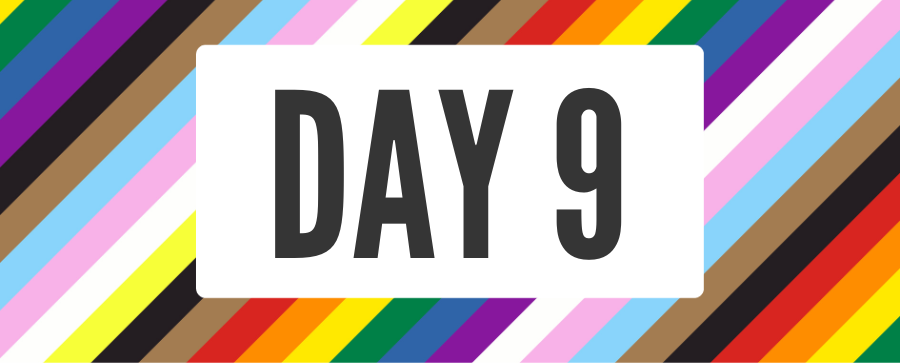
Systems of Oppression
Systems of oppression are often described as -isms: racism, sexism, ableism, and more. These terms describe the ways that groups experience unearned disadvantage and can be described through four levels of oppression: personal, interpersonal, institutional, and structural. While systems of oppression operate distinctly, for example, racism shows up in fundamentally different ways than sexism or ableism, all systems of oppression are interlinked. They serve to dehumanize and disenfranchise entire groups of people at the benefit of the dominant groups. The dominant group is suggested to be better, more worthy, or otherwise superior through systems of oppression.
Heterosexism describes an ideological system that denies, excludes, denigrates, and stigmatizes any non-heterosexual form of behavior, identity, relationship, or community (Herek, 1990) or otherwise favors straight or heterosexual relationships and people. Institutions, policies or practices that exclude or seek to exclude non-heterosexual people from marriage, adoption, foster care, health insurance, employment, or housing can be said to be heterosexist institutions, policies, or practices.
Cissexism describes an ideological system that denies, excludes, denigrates, and stigmatizes transgender people. This is often a belief that cis people’s gender identities and expressions are more natural and legitimate than those of trans people. Excluding transgender people from healthcare, public accommodations, bathrooms, employment, housing, sports, and more are cissexist institutions, policies, or practices.
Monosexism describes an ideological system that denies, excludes, denigrates, and stigmatizes individuals who are attracted to more than one gender such as bisexual or pansexual people. More commonly, monosexism perpetuates the myth that people should only be attracted to one gender. This can show up as a denial of their experiences and invisibility, that further the disparities bisexual and pansexual individuals experience in physical/mental health, intimate partner violence, and substance abuse.
Allosexism describes an ideological system that denies, excludes, denigrates, and stigmatizes asexual individuals who do not experience emotional or sexual attraction. Allosexism shows up in systems that benefit or elevate partnered relationships above all others.
Four Levels of Oppression
These -isms operate at four levels of oppression. Commonly, we focus on personal or interpersonal conflict that is more commonly described as homophobia, transphobia, or biphobia. Exploring systems of oppression helps us to also understand that inequity operates at institutional and structural levels.
Personal or internalized heterosexism/cissexism/monosexism/allosexism: is the personal belief that LGBTQIA+ people are less deserving of respect, resources, and access. Among LGBTQIA+ people, this can show up as internalized oppression.
Interpersonal heterosexism/cissexism/monosexism/allosexism: is the expression of these -isms between individuals. It occurs when beliefs, biases, and prejudices affect interactions between or among people. This can show up in many ways including name-calling, verbal and physical harassment, and individual acts of discrimination or rejection.
Institutional heterosexism/cissexism/monosexism/allosexism: is the discriminatory treatment, unfair policies and practices, and inequitable opportunities and impacts within organizations and institutions based on LGBTQIA+ identities. This includes the many ways in which government, business, religious institutions, and other institutions and organizations create inequitable outcomes and impacts. This can be intentional or unintentional, but upholds dominance and unearned advantage for straight/heterosexual, cisgender, monosexual, or allosexual people.
Structural heterosexism/cissexism/monosexism/allosexism: refers to the systems in which public policies, institutional practices, and cultural understandings and norms work together to reinforce and further inequity. It’s how the sum total of these -isms show up across society.
TODAY’S CHALLENGE
Read:
- Sabra L. Katz-Wise, Bisexuality and health: The cost of invisibility, Harvard Health Blog. [5 minute read]
- United Nations Human Rights Office of the High Commissioner, Forcibly displaced LGBT persons face major challenges in search of safe haven, (May 16, 2022). [3 minute read]
Watch:
- Heterosexism, heteronormativity, and homophobia, Dr. Jama Shelton (January 15, 2015). [2 minute video]
- Protect LGBT Asylum Seekers like Carlos, Human Rights Watch (October 7, 2020). [3 minute video]
Engage:
- Visit Harvard’s Project Implicit and take the Transgender IAT, Sexuality IAT, or another IAT topic of your choice. From the website, “The Implicit Association Test (IAT) measures attitudes and beliefs that people may be unwilling or unable to report. The IAT may be especially interesting if it shows that you have an implicit attitude that you did not know about.” Reflect on your IAT results. Were you surprised? What norms, myths, or stereotypes have you learned that might impact your implicit associations of that group? During your week, try to notice assumptions or reactions you have about that group.
Discuss:
- Can you identify an example of heterosexism, cissexism, monosexism, and/or allosexism?
- Can you think of an institutional policy, process, or practice that negatively impacts LGBTQIA+ people in your own community (school, work, place of worship, etc)?

